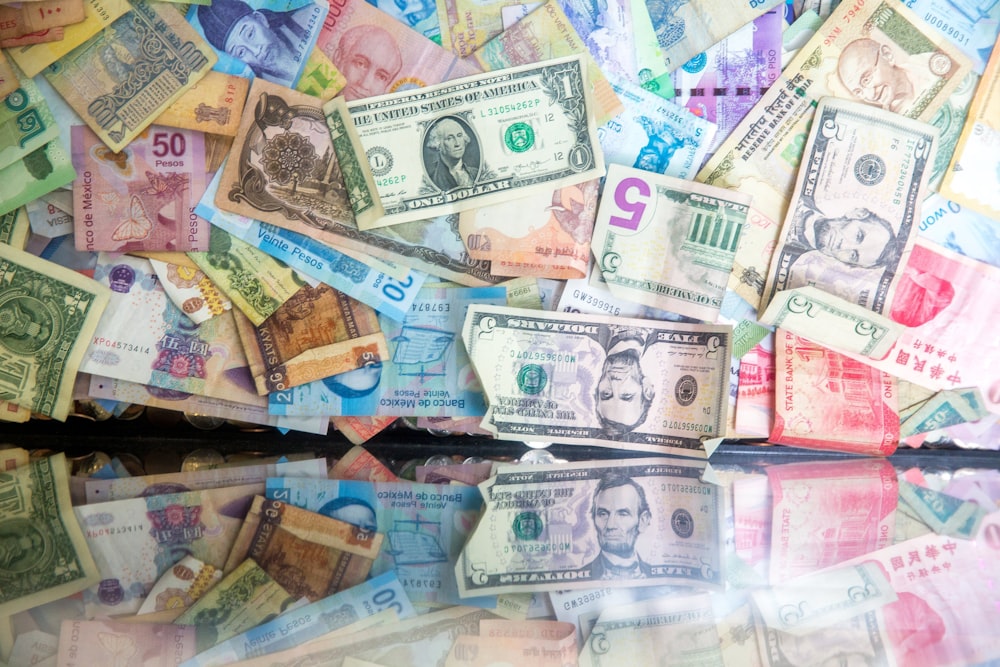Dollar – Why It Failed To Rally On Strong Retail Sales
The U.S. dollar struggled to rally on Thursday despite very strong U.S. economic reports. According to the latest releases, the U.S. economy roared back to life in March and early April. Retail sales, the most anticipated piece of U.S. data this week blew expectations as stimulus checks and vaccinations fueled robust demand. Consumer spending jumped 9.8 percent in the month of March, easily outpacing the market’s 5.9 percent forecast. This was the strongest increase since May of last year. Gas and auto sales contributed to the rise but spending ex-autos still rose 8.4 percent. Jobless claims also dropped almost 200K to 576K the lowest weekly reading since the pandemic began as restaurants, retailers and other businesses rehire. Manufacturing activity is improving as well with the Empire State index rising to 26.3 from 17.4. These overwhelming positive reports drove stocks to fresh record highs and should have driven the greenback upwards but there were very few buyers. Instead, the dollar followed Treasury yields lower.
Image Source: Unsplash
With the unexpectedly large drop in jobless claims, sharp rebound in spending, and strong rise in the Empire State survey, the market believes that the Federal Reserve will have to reevaluate its plans to keep interest rates steady until 2023. U.S. policymakers made it clear that substantial progress needs to be made in the underlying data and not their forecasts for them to start reducing stimulus and there’s a very good chance that with 38 percent of the population receiving at least one dose of the COVID-19 vaccine, some of those goalposts will be met this summer.
All of this should be positive for the U.S. dollar but the greenback and Treasury yields failed to rise and there are a few reasons why this is happening. First, good data could have been discounted by the market – everyone has been talking about a strong March/April recovery, and the numbers confirmed exactly what they were hoping. Secondly, a large part of the boost in spending was driven by the stimulus check which will last at most for another month. Third, there’s little evidence that inflation is getting out of hand. This week, Federal Reserve Chairman Powell made it clear that even though he’s optimistic on the economy, the rise in inflation as transitory. Lastly, Treasury prices fell sharply in the first quarter and there are signs of asset managers taking advantage of the move to buy Treasuries which drives yields lower.
We are finally beginning to see some weakness in the euro. New coronavirus cases in Germany rose the most since January, putting pressure on the government to increase restrictions. The good news is that vaccinations are picking up across the region. By the end of April, around 20 percent of the German population is expected to have their first dose. Italy is talking about easing restrictions in May. The Eurozone will still lag the U.S. in recovery but some countries are beginning to see the light.
The Australian and New Zealand dollars were the best performers. In Australia, over 70k jobs were created in March which was double expectations. The unemployment rate also dropped to 5.6 percent from 5.7 percent. There was only one problem – all of the jobs created were part-time. The country lost 20K full-time jobs and added 90K part-time. The Canadian dollar bucked the trend and ended the day lower against the greenback. Oil prices continued to move higher, producer price growth slowed and manufacturing sales fell more than expected. However, according to ADP, Canadian companies added 634K jobs in March which if real is a completely blowout number. Chinese GDP and retail sales numbers are due for release tomorrow – softer numbers are expected.




